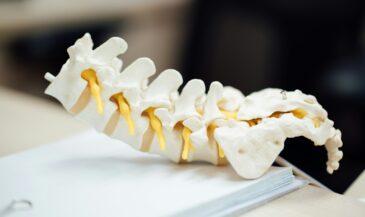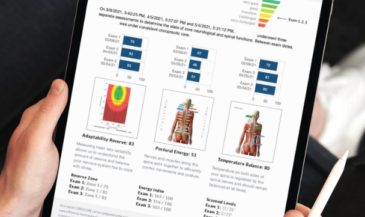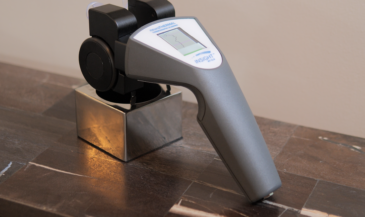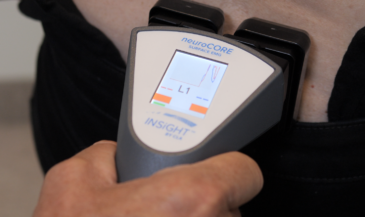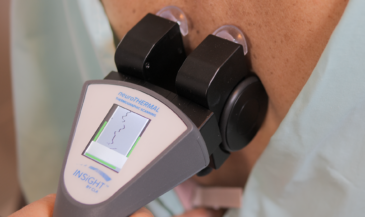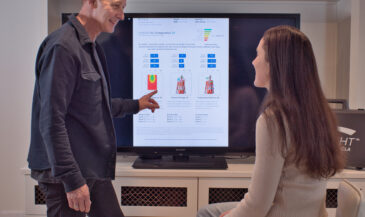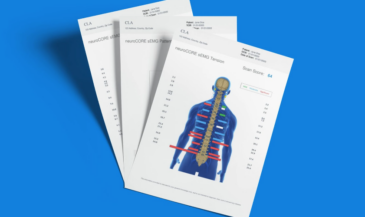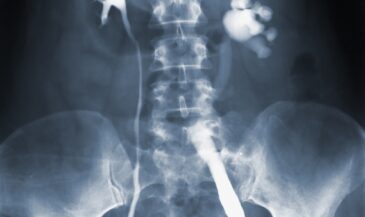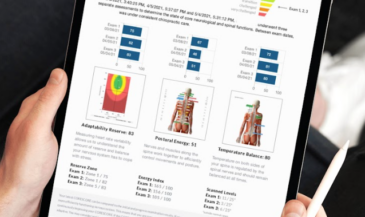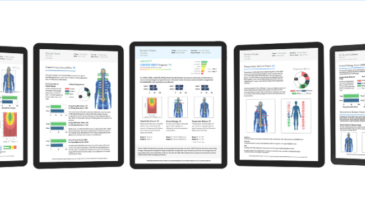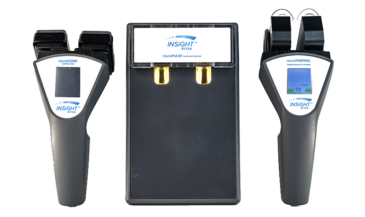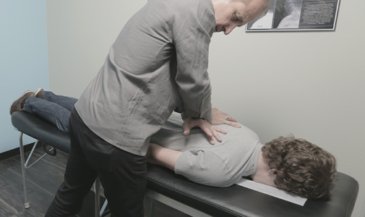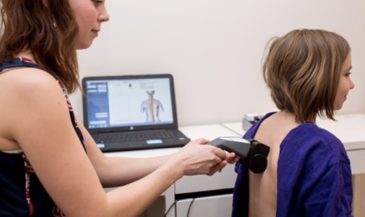The new COREscore from CLA represents a powerful and simplified way to measure and report dramatic changes while under chiropractic care. Using the three most important measurements of spinal neural function, the Core Score can be generated in under 10 minutes and will give an accurate index to report from. A complete neural efficiency score collected from surface EMG, paraspinal thermal scans and Heart Rate Variability gives the clinician an accurate snapshot of how chronic stress is affecting the patient’s overall health.

Because the COREscore uses validated, peer reviewed technologies, the practitioner can rely upon this index to report the damaging effects of the subluxation as well as the incredible power that adjustments and lifestyle modifications have in moving a patient towards wellness. The COREscore is versatile in its application. It has been designed to look at the efficiency of central neural processing. Ideally this will show the doctor where stress is being stored and how deeply this neural-spinal stress is changing a patient’s health. By including Heart Rate Variability to the COREscore, the clinician can identify how much resiliency and reserve a patient has left and how balanced the entire autonomic nervous system is.
Efficiency is the Answer
When a patient is scanned using different digital neural sensors, their results are compared against a normative database. Healthy, well-adjusted individuals have very efficient neural processing. Their muscle groups along the spine fire symmetrically and with the correct amplitude. Their autonomic nervous system( Sympathetic motor division) distributes neural impulses to the organs without interference and is in exceptional balance and tone as measured through their heart rate.
Easy, Understandable Reporting
The complex changes brought about by subluxations can be confusing and disturbing to the patient. However, by using the Core Score, the patient can gain an understanding of the importance of chiropractic care without becoming distracted. The COREscore was designed to simplify communication, create an identifiable goal and inspire the patient to take an even more active role in their care.
Here is a sample communication for reporting the COREscore:
“ Daily stresses have a quiet way of settling in and changing a person’s health. Over time, the muscles along the spine can shorten; spinal joints can begin to lock while postures twist and shift. Most importantly, the nerves inside the spine that connect the brain to the body start to be affected. This spinal nerve tension begins to change the core of your body.
Your core is designed in two parts. The first part is situated around your waist and is referred to as your “support core”. It keeps you balanced and upright. Your second core is like the core of an apple. It runs through the center of your body and is referred to as your “communication core”. It connects your brain to all your body functions. This part of your core keeps you alive, healthy and vital.
We have taken three different tests along this communication core. These tests measure how efficiently your nerve connections inside the core are working. We have measured how signals from the brain flow through the muscles that move and support you. We have looked to see if tiny temperature variations are occurring along the spine. The nerves that regulate your temperature, control your inner organs. Finally we have tested your heart rate to see if your daily stress loads are affecting your ability to cope. All the data from these tests is put together and then complex calculations are then made to create your Core Score. Your score tells us how much interference is in your communication core and how we can begin to help you.
The COREscore is based on a scale from 0- 100. The higher the number, the better the communication along those important nerves. You scored XX which places you in the “ challenged” category. This means that daily stress has become a constant habit. Let’s look at where your stress has built up and discuss what we can do to change that”. (A quick review of the sEMG pattern graph of the can reveal where the distribution of the motor control is being affected; The raw data sEMG graph can be used to discuss overall fatigue; the rolling thermal scan is an ideal way to bring interference and organ function into the discussion; HRV is powerful for reviewing the principle of adaptation and to discuss the “adrenalined –up” response to stress).
CLA’s latest innovation links today’s most important spinal-nerve analysis with simplified patient communication. The COREscore is a fast and inspiring way for doctors to tell the story of chiropractic through the function of the nervous system. Using the COREscore will impact the quality of patient communications while developing a culture of loyalty and retention.
Thanks for reading!


















